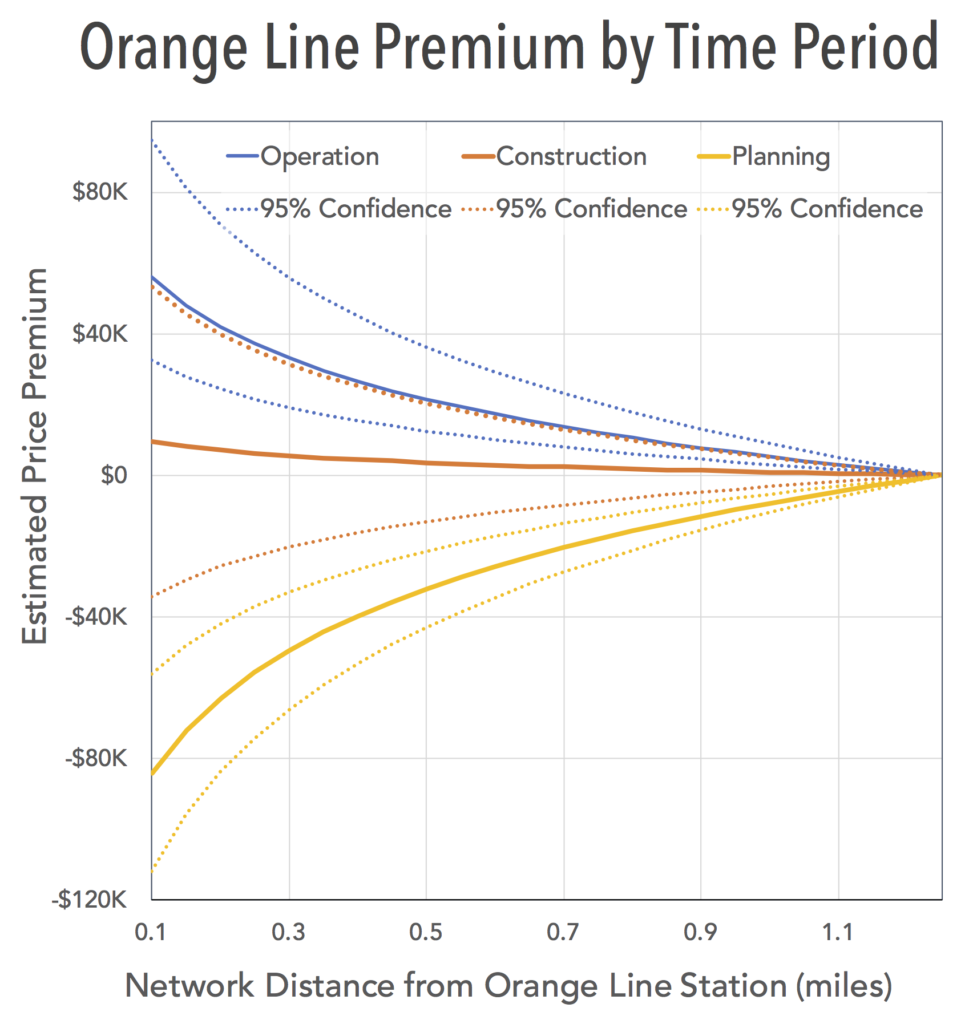

The property's attributes, such as appearance and size, and the surrounding environment's elements, such as proximity to school, crime rate, and so on, impact the building price. The hedonic pricing mechanism is used in the housing market as an example. By adding or deducting the projected value of that change from the item's worth, the hedonic quality adjustment approach eliminates any price discrepancy ascribed to a difference in quality. Any good in the CPI basket can be represented as a function of attributes, and the projected influence on the price can be determined when one (or more) of these attributes changes. Hedonic regression is also employed in constructing the consumer price index (CPI) to account for changes in product quality. The housing Market is a common example of the hedonic pricing method, in which the characteristics of the property itself determine the price of a building or piece of Land, as well as the features of the surrounding environment, and is accessible to schools and a downtown area, the level of water annexed. Hedonic Regression Real Estate in Practice nei stands for neighborhood qualities, such as crime rate, scenic vistas, school quality, and so on.Environmental quality, such as air quality, water quality, and so on, is referred to as env.acc refers to the property's accessibility, such as proximity to social facilities, public transportation access, and so on.

str denotes the property's structure, such as the number and size of rooms, the size of the lot, the age of the property, and so on.The features of the location, such as urban, rural, distance from the city centre, and so on, are called loc.The explanatory variables are the features that influence a property's price, such as: The selected features of the good (known as attributes) might be expressed as continuous or dummy variables. An inductive strategy, such as Data Mining, can also screen and choose the variables to include in the model. The dependent variable is the price, which is regressed against a collection of independent factors that influence the price, either on economic theory, the investigator's intuition, or consumer research. The hedonic method estimates the extent to which many factors influence the price of a product or a piece of real estate, such as a house, using conventional least squares or more complex regression techniques. In that case, regression analysis can be used to establish the relative relevance of each variable. Suppose the price of a home is impacted by various factors, such as the number of bedrooms, bathrooms, and proximity to schools. Hedonic pricing is a revealed-preference method used in economics and consumer research to establish the relative relevance of the variables influencing a good's price or demand. In hedonic pricing models, hedonic regression is utilized, and it is extensively used in real estate, retail, and Economics. The weights that purchasers place on the various qualities of the good might be understood as the estimated coefficients on the independent variables. In contrast, the independent variables are the characteristics of the good that influence the value for the buyer or consumer of the commodity. The dependent variable in a hedonic regression model is the price (or demand) of the good. This determines the contributory value of each characteristic separately through regression analysis. In this method, the good/service or asset is fractated into constituent parts or characteristics. Using a regression model to assess the influence of numerous factors on the price of a good, or occasionally the demand for a commodity, is known as hedonic regression. What is the Hedonic Regression Real Estate Method? Updated on Septem, 93 views Hedonic Regression Real Estate in Practice.


 0 kommentar(er)
0 kommentar(er)
